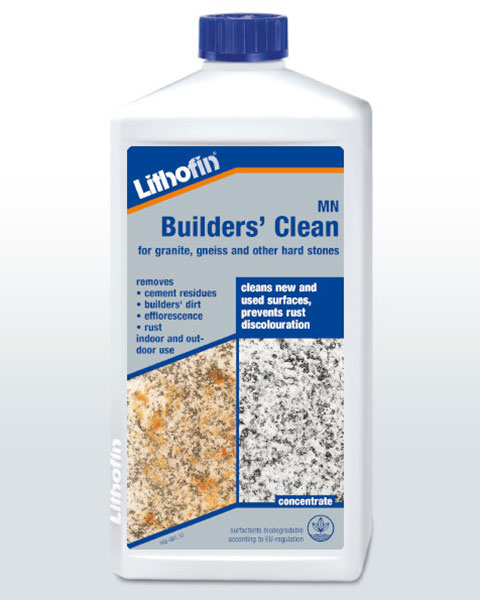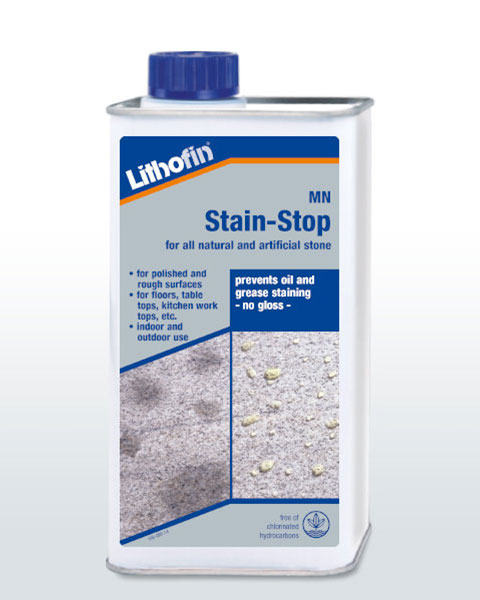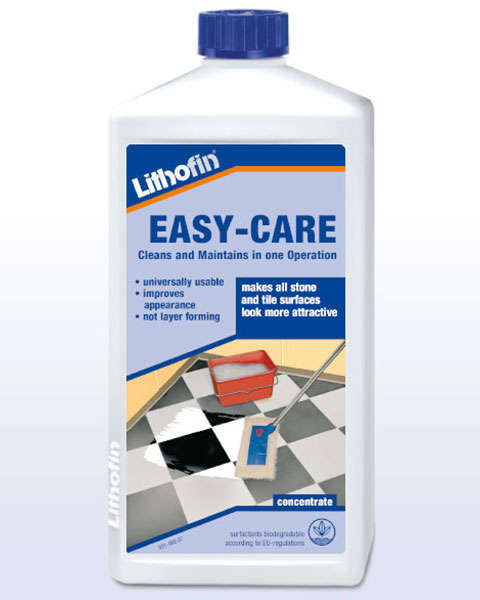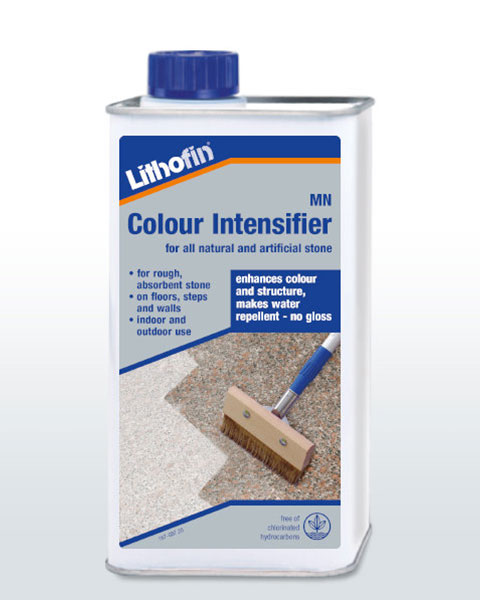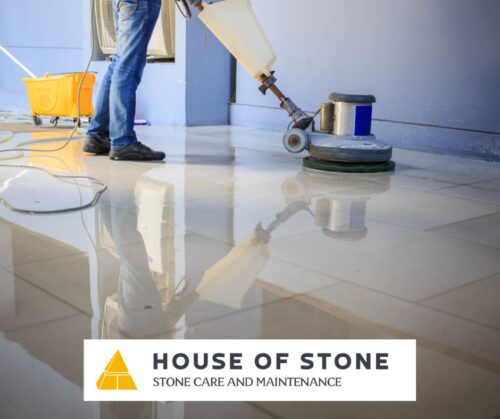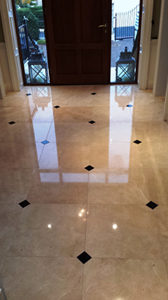Care & Maintenance of Slate Floors
- Author House of Stone
- Categories: Care & Maintenance, Cleaning, Crack repairs, Polished Marble Floors, Stain removal
Care & Maintenance of Slate Floors
Slate is a stone that has been metamorphosed from shale – clay-like materials that have undergone change under heat and pressure. Slate can be recognized by its sheet-like structure. The material is usually thin, and when fractured flakes off into sheets. Slate is seldom highly reflective unless a coating is placed on it, and its surface is usually uneven unless machine sanded.
Slate is composed primarily of the minerals quartz and illite. There are also minor amounts of mica, calcite, and other minerals. The red coloured slate contains hematite, green contains chlorite and black and gray slates contain carbon and/or graphite. The reddish tans are the result of iron oxides. Slate can be purchased in various standard tile sizes as well as in random patterns of varying shapes. There are literally hundreds of different colors of slate available.
| BEFORE | AFTER |
 |
 |
CARE & MAINTENANCE
The actual care and maintenance of slate flooring is not a complicated subject. Most damage to slate floors is done by grit and small stones carried on the soles of shoes. These scratch the surface and can cause pieces of the slate to flake off.
It is advisable to place a good-quality mat at entrances for people to wipe their feet before entering the house. Studies have shown that it takes approximately seven steps to remove most loose dirt from one’s shoes. Placing mats both inside and outside will help catch a lot of this and prevent its travel across the floor.
Be careful about using rubber or synthetic backed mats or rugs on slate flooring. They may bleed into the slate and cause a stain that is difficult or impossible to remove. A mat should be at least as wide as the doorway it serves. Clean the mats regularly and beat them to remove all captured grit and stones. Make sure the floor is dry before returning mats to the floor. Likewise
CLEANING
All slate flooring needs to be washed and cleaned. How often you will need to damp or wet mop will depend on the amount of foot traffic and the finish on the slate – honed, coated, textured.
The following frequencies are recommended:
– Residential – Once a week
– Light Traffic Commercial – Twice a week
– Heavy Traffic Commercial – Daily
It is advisable to use only mild natural stone cleaners such as EQUALIZER to clean your slate floor. Many supermarket cleaners contain acid and alkaline that may react with minerals in the slate and degrade it over time. Never use scouring pads or abrasive materials to remove stains as they may cause thin layers of the slate to flake off. Also, avoid placing metal ornaments and pots directly on the surface as they may leave rust stains. Wipe up all spills as quickly as possible.
These are only guidelines and they should be adjusted to suit specific conditions. For example, in periods of wet weather more dirt will be carried in than during dry conditions so it would be advisable to mop more often.
SLATE FLOOR COATINGS
Slate is quite porous and consequently, it easily absorbs dirt and dust. It requires constant cleaning and dusting as described previously to keep it looking good. To reduce the level of effort in maintaining a slate floor it is common practice to apply a protective coating to the surface. There are many different types of coating available. These include natural and synthetic waxes, acrylics, thermoplastics, polyurethanes, and epoxy resins. They are either water-based or solvent-based.
In general water-based coatings are appropriate for use in domestic situations and areas of low foot traffic as they are relatively easy to apply and remove.
Solvent-based coatings on the other hand are more popular in commercial and industrial premises. They are very hard-wearing but they are also difficult to remove and may require specialized chemicals and professional know-how to do so.
Coatings are usually available in matt, satin, and gloss finishes.
A coating not only provides protection to the surface, but it also deepens the shading and subtle colour variation of the slate. It also makes it easier to clean and maintain your floor.
COATING NEWLY LAID FLOORS
In the case of a newly laid slate floor ensure that all dirt and cement residue has been removed before applying the coating. Wash and scrub the surface using a suitable stone detergent and stiff bristle brush. Rinse several times with clean water. If a white film is evident after washing it may be necessary to use a ‘Grout and Cement Haze Remover’. These are available at most good hardware and tile stores. Also investing in a ‘wet vacuum’ to suck up excess water is definitely something worth considering.
Once the floor has been washed and cleaned it must be left to dry out completely. Applying a coating to a damp floor results in it drying to a milky white colour. To rectify this will require stripping the coating and starting again. How long it takes the floor to dry depends on how much water has been absorbed by the slate during the cleaning, on the ambient temperature, and on the general weather conditions. Under normal circumstances three or four days drying time should be enough for the floor to dry out. If cold and damp weather conditions prevail allow one full week. For this reason, it might be advisable to undertake the work during Spring or Summer when the weather is warm.
The coating is best applied to the floor using a foam roller. Usually, three or four coats are required. Some manufacturers recommend the application of a natural stone sealer to the slate prior to coating. If this is done then fewer layers of coating will be required. Each coat needs to dry completely before the next one is applied. Most coatings are quick drying – typically 30 – 45 minutes. Care must be taken not to walk on the coated area until it is fully dry as footprints may be left on the surface. Prevent pools of coating from forming in the troughs and grooves of the surface by running the roller across these areas. It is advisable to allow 24 hours for the coating to ‘cure’ before walking on it. Also, when putting back furniture, lift rather than drag each piece into position.
In the case of a gloss coating, the shine can be further enhanced using a soft pad and buffing machine.
Coatings are formulated to be long-lasting but will wear down over time. Grit and tiny pebbles scratch the coating and using harsh cleaning agents will result in the coating taking on a dull hazy appearance. In time the coating will have to be stripped off and a fresh coating put on. To extend the life of your floor coating use only mild stone cleaner such as EQUALIZER and keep dust and grit off the surface by vacuuming regularly.
COATING AN OLDER FLOOR
An older floor is likely to have been sealed and coated at some point in time. It is essential that all these previous treatments are removed before re-coating. Stripper for typical acrylic coatings and waxes can be purchased at hardware stores and tile shops. If it is known what previous treatment was used it would help to contact the manufacturer for advice on the best stripper to use. Apply the stripper solution to the surface and leave for a period of time to dissolve the coating – typically 30 minutes. Agitating with a hard bristle brush or floor scrubber will help remove imbedded flakes of the coating. Once the coating has dissolved to a gel remove it with a mop or wet vacuum. Repeat the process until the coating has been totally removed. Wash the surface thoroughly with water to which a small amount of mild stone detergent has been added. Rinse well with clean water. Mop or vacuum up as much as possible. If the stripper fails to dissolve the coating it is likely that the previous coating was not an acrylic water-based coating but rather a urethane or epoxy-based coating. To remove these coatings a more aggressive solvent-based chemical stripper is required. These should only be used with caution as they can burn exposed skin and damage skirting and paintwork. It is probably better to employ professional flooring specialists to undertake this work.
Slate has been used as interior and exterior flooring for many years. It adds character and a natural ambiance and is a popular choice of the stone with architects and interior designers. It is hard-wearing and relatively easy to maintain and with a reasonable degree of care and attention your slate floor will look good for many years to come.
For further information and advice on the care and maintenance of slate flooring please call House of Stone 01 – 8820002
Most Popular Products
You May Also Like
With its natural beauty and elegance, Marble is a popular…
Porcelain is a ceramic material made by heating materials, generally…
Marble is one of the most beautiful natural stones and…



